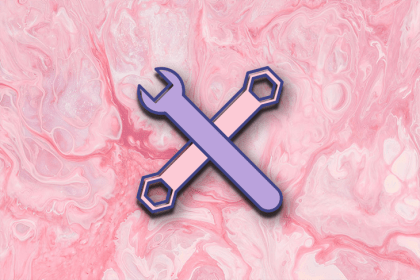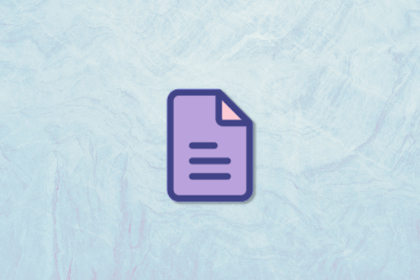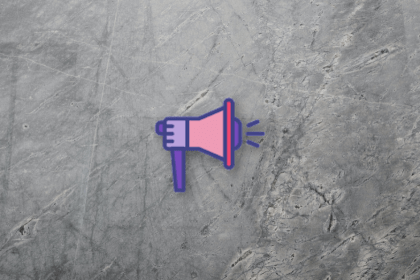
Product insights involves the collection of data and gathering key information about user’s preferences and displayed behaviors.

Hypothesis-driven development focuses the development effort of validating a team’s most pressing hypotheses.

Ellen Linardi, SVP of Product and Design at Clover, shares how her design-oriented team came to understand the importance of system thinking.

As a PM, you want to make knowledge sharing as easy as possible to avoid bottlenecks and keep your team operating autonomously.

Asynchronous communication can enable you to remain focused on your work so that you have fewer distractions and are more productive.

Sapna Gulati discusses how GenAI is changing the game for product managers to focus more on strategic innovation and competitiveness.

SWOT analysis is a framework used to evaluate the strengths, weaknesses, opportunities, and threats of any initiative.

Steve McIrvin shares the importance of creating a “product factory” — a suite of products that all work together and sustain over time.

Open-ended questions are queries that go beyond receiving a simple “yes” or “no” answer by requiring respondents to expand on their answers.

Outcomes are end goals you try to achieve (often referred to as “product impact”), whereas outputs are the means to achieve these outcomes.

Ryan Salsman, Vice President of Digital Product at West Shore Home, discusses his leadership principle of “optimizing for happiness.”

A customer journey map is a flowchart that depicts the various stops that customers make before, during, and after purchasing.